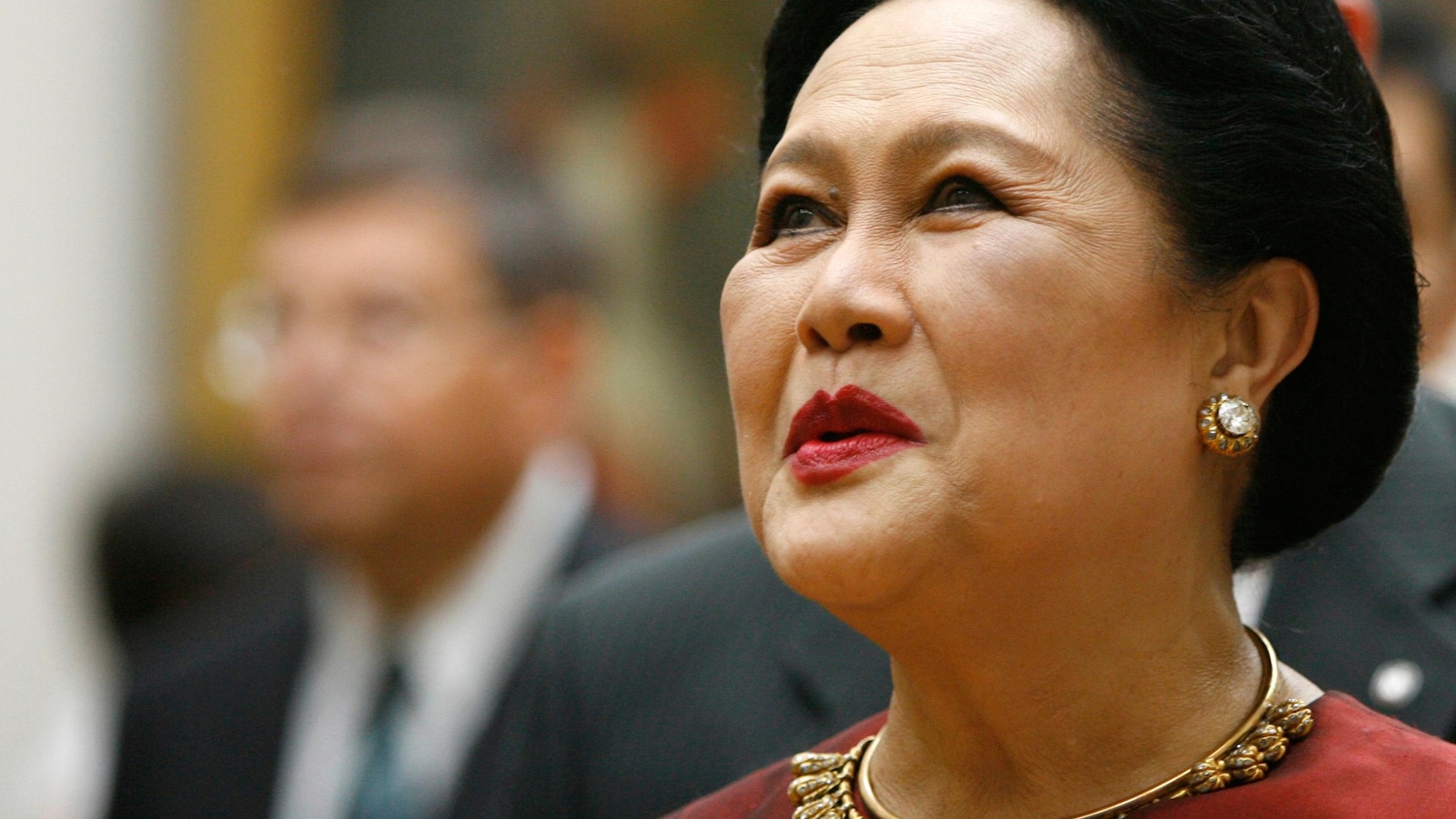Bangkok– Queen Mother Sirikit of Thailand, who oversaw royal projects to help the rural poor, preserve traditional crafts and protect the environment, died on Friday. She was 93 years old.
The Royal Household Office said he died in a Bangkok hospital. Since October 17, he had been suffering from a blood infection but, despite the efforts of his medical team, his conditions did not improve. He had been virtually absent from public life in recent years due to his deteriorating health. Her husband, King Bhumibol Adulyadej, died in October 2016.
Photos released by the palace to mark her 88th birthday showed her son, King Maha Vajiralongkorn, and other royals visiting the queen mother at Chulalongkorn Hospital, where she was receiving long-term care.
Although overshadowed by her late husband and son, Sirikit was beloved and influential in her own right. Her portrait was displayed in homes, offices and public spaces throughout Thailand and her birthday on August 12 was celebrated as Mother’s Day. Their activities ranged from helping Cambodian refugees to saving some of the country’s once lush forests from destruction.
However, as the monarchy’s role in society came under increasing scrutiny during the past few decades of political turmoil in Thailand, so too was the queen’s role in it. Stories circulated about his behind-the-scenes influence during the turmoil marked by two military takeovers and several rounds of bloody street protests. And when she publicly attended the funeral of a protester killed during a confrontation with police, it meant to many that she took sides in the political schism.
Sirikit Kitiyakara was born into a wealthy aristocratic family in Bangkok on August 12, 1932, the year the absolute monarchy was replaced by a constitutional system. His parents were related to previous kings of the current Chakri dynasty.
He attended schools in wartime Bangkok, a target of Allied air raids, and after World War II moved with his diplomat father to France, where he served as ambassador.
At age 16, he met the newly crowned king of Thailand in Paris, where he was studying music and languages. Their friendship blossomed after Bhumibol was in a near-fatal car accident and she moved to Switzerland, where he was studying, to help care for him. The king wooed her with poetry and composed a waltz titled “I Dream of You.”
The couple married in 1950 and, at a coronation ceremony that same year, both promised to “reign with righteousness for the benefit and happiness of the Siamese (Thai) people.”
The couple had four children: the current king Maha Vajiralongkorn and the princesses Ubolratana, Sirindhorn and Chulabhorn.
During their early years of marriage, the Thai royals toured the world as goodwill ambassadors and forged personal ties with world leaders.
But by the early 1970s, the king and queen were devoting most of their energies to Thailand’s internal problems, including rural poverty, opium addiction among hill tribes, and the communist insurgency.
Each year the couple traveled the countryside while officiating at more than 500 royal, religious and state ceremonies.
The queen, who was impeccably dressed and an avid shopper, also enjoyed climbing hills and entering seedy villages where older women called her “daughter.”
Thousands of people brought their problems to her, from marital disputes to serious illnesses, and the queen and her assistants dealt with many of them personally.
While some in Bangkok gossiped about his involvement in palace intrigues and his lavish lifestyle, his popularity in the countryside endured.
“Misunderstandings arise between the rural people and the rich, so-called civilized people of Bangkok. The people of rural Thailand say they are neglected and we try to fill that gap by staying with them in remote areas,” he said in an interview with The Associated Press in 1979.
Royal development projects were established throughout Thailand, some of them initiated and supervised directly by the queen.
To increase the income of poor rural families and preserve dying crafts, the queen in 1976 launched SUPPORT, a foundation that has trained thousands of villagers in silk weaving, jewelry, painting, ceramics and other traditional crafts.
Sometimes nicknamed the “Green Queen,” she also established wildlife breeding centers, “open zoos,” and hatcheries to save endangered sea turtles. Their Forest Loves Water and Little House in the Forest projects sought to demonstrate the economic benefits of preserving forest cover and water sources.
While elsewhere royalty had only ceremonial or symbolic functions, Queen Sirikit believed that the monarchy was a vital institution in Thailand.
“There are some in the universities who think the monarchy is obsolete. But I think Thailand needs a sympathetic monarch,” he said in the 1979 interview. “At the call, ‘The king is coming,’ thousands of people will gather.
“The very word king has something magical about it. It’s wonderful.”
